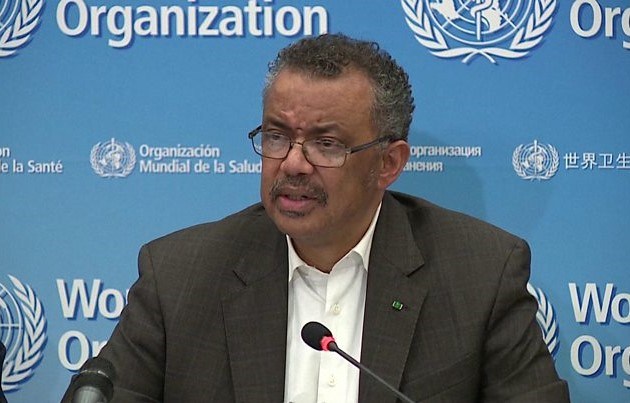The report of the international team on their visit to China to explore the source of the virus was published on Tuesday with the WHO Director-General calling for further studies.
The field visit to Wuhan was carried in January – February after the World Health Assembly already in May 2020 called on WHO “to identify the zoonotic source of the virus and the route of introduction to the human population, including the possible role of intermediate hosts, including through efforts such as scientific and collaborative field missions.”
A draft report which was leaked last week said that the transmission of the coronavirus from bats to humans through another animal seems a “likely to very likely” hypothesis, while a laboratory incident remains “extremely unlikely”.
Following the publication of the final report (30 March), WHO said in a press release (30 March) that the report advances our understanding in important ways while raising questions that will need to be addressed by further studies.
“As far as WHO is concerned, all hypotheses remain on the table. This report is a very important beginning, but it is not the end. We have not yet found the source of the virus, and we must continue to follow the science and leave no stone unturned as we do,” WHO Director General, Dr Tedros, commented.
In his concluding remarks at a Member State Briefing on the report he elaborated on the findings of the report and took a more critical view. “To understand the earliest cases, scientists would benefit from full access to data including biological samples from at least September 2019,” he admitted.
He also disclosed that in his discussions with the evaluation team, “they expressed the difficulties they encountered in accessing raw data. I expect future collaborative studies to include more timely and comprehensive data sharing.”
Trade in animals
While welcoming the recommendations for further studies, he underlined that the role of animal markets is still unclear. “The team has confirmed that there was widespread contamination with SARS-CoV-2 in the Huanan market in Wuhan, but could not determine the source of this contamination.”
It was widely believed already in the beginning of the outbreak of the pandemic that it started at a wet market in Wuhan, where it arose in animals, jumped to humans and then spread via human-human transmission. At that time, WHO was not prepared to work for a ban on wet markets.
Now Dr Tedros welcomed “a full analysis of the trade in animals and products in markets across Wuhan, particularly those linked to early human cases.” He concurred with the team’s conclusion that farmers, suppliers and their contacts will need to be interviewed.
“The team also addressed the possibility that the virus was introduced to humans through the food chain. Further study will be important to identify what role farmed wild animals may have played in introducing the virus to markets in Wuhan and beyond.”
The team visited several laboratories in Wuhan and considered the possibility that the virus entered the human population as a result of a laboratory incident. Although the team concluded that this was the least likely hypothesis, Dr Tedros stated that he does not believe that this assessment was extensive enough and said that further studies will be needed to reach more robust conclusions.
Critical statements
The international community was critical against the conduct of the study. EU issued a statement on behalf of its member states saying that, “while regretting the late start of the study, the delayed deployment of the experts and the limited availability of early samples and related data, it considers the work carried out to date and the report released today as a helpful first step.”
Reflecting the view of Dr Tedros, EU states that further work will require timely access to all relevant locations and to all relevant human, animal and environmental data available, including data from the first identified COVID-19 cases and cases picked up by surveillance systems, as well as further serologic testing of blood samples.
EU is obviously not satisfied with the work carried out and requests the “WHO to continue the studies and present a clear timeline for the follow-up work…We wish to be regularly briefed on plans for, and progress of, its next phases. We also request that the Director-General allocate the resources necessary to complete this work.”
In another statement, which include some EU member states, the governments of Australia, Canada, Czechia, Denmark, Estonia, Israel, Japan, Latvia, Lithuania, Norway, South Korea, Slovenia, the United Kingdom, and the US expressed strong concerns regarding the study.
“With such an important mandate, it is equally essential that we voice our shared concerns that the international expert study on the source of the SARS-CoV-2 virus was significantly delayed and lacked access to complete, original data and samples. Scientific missions like these should be able to do their work under conditions that produce independent and objective recommendations and findings.”
M. Apelblat
The Brussels Times

